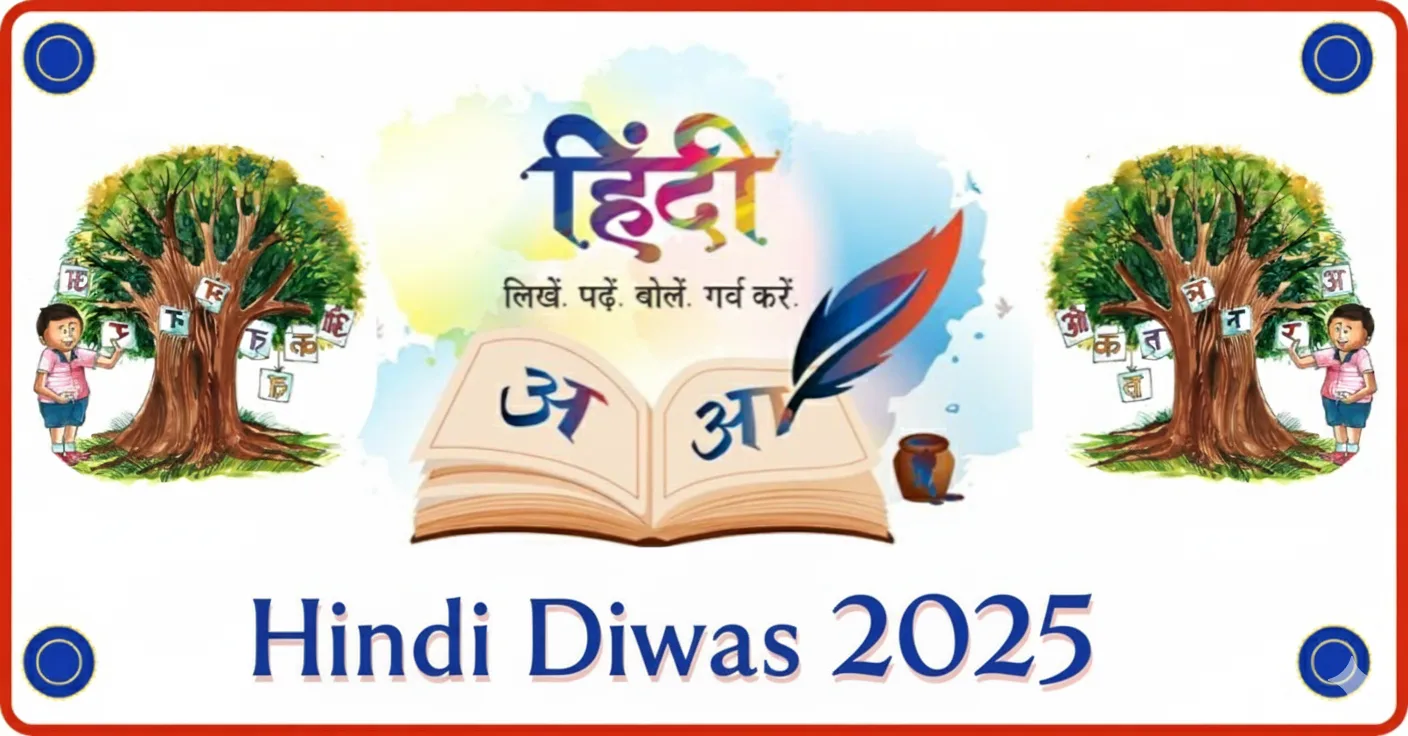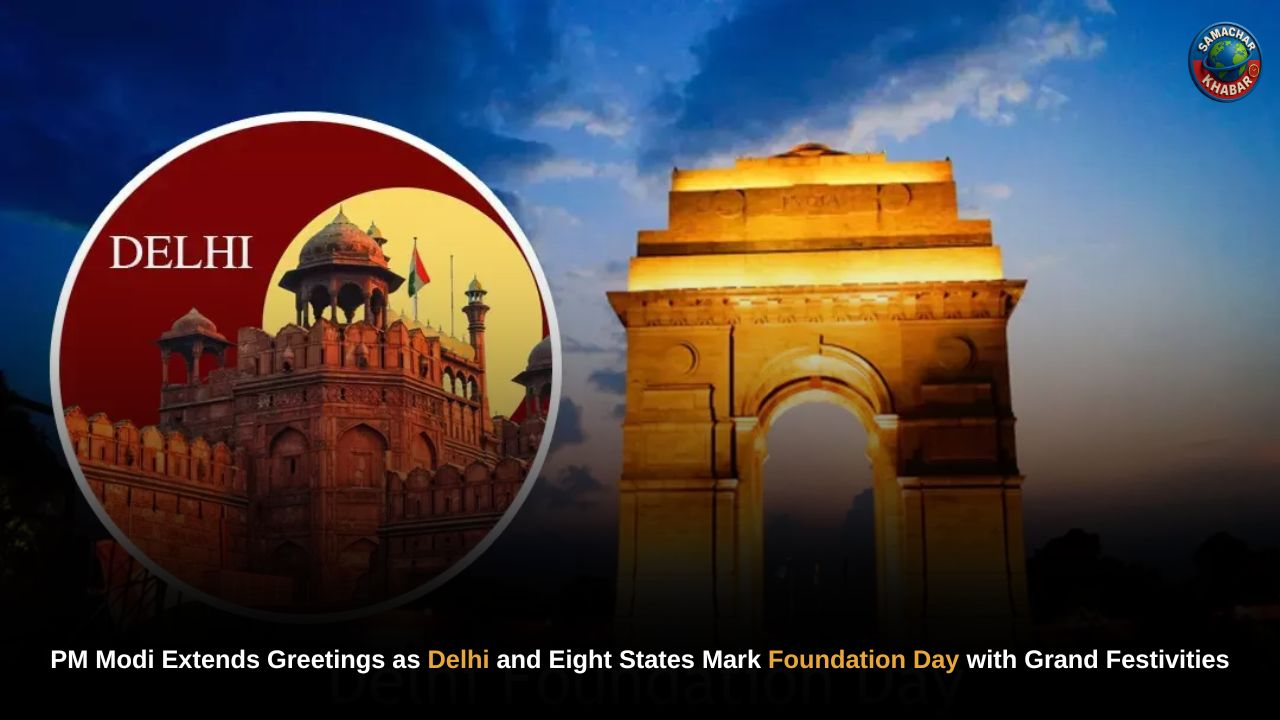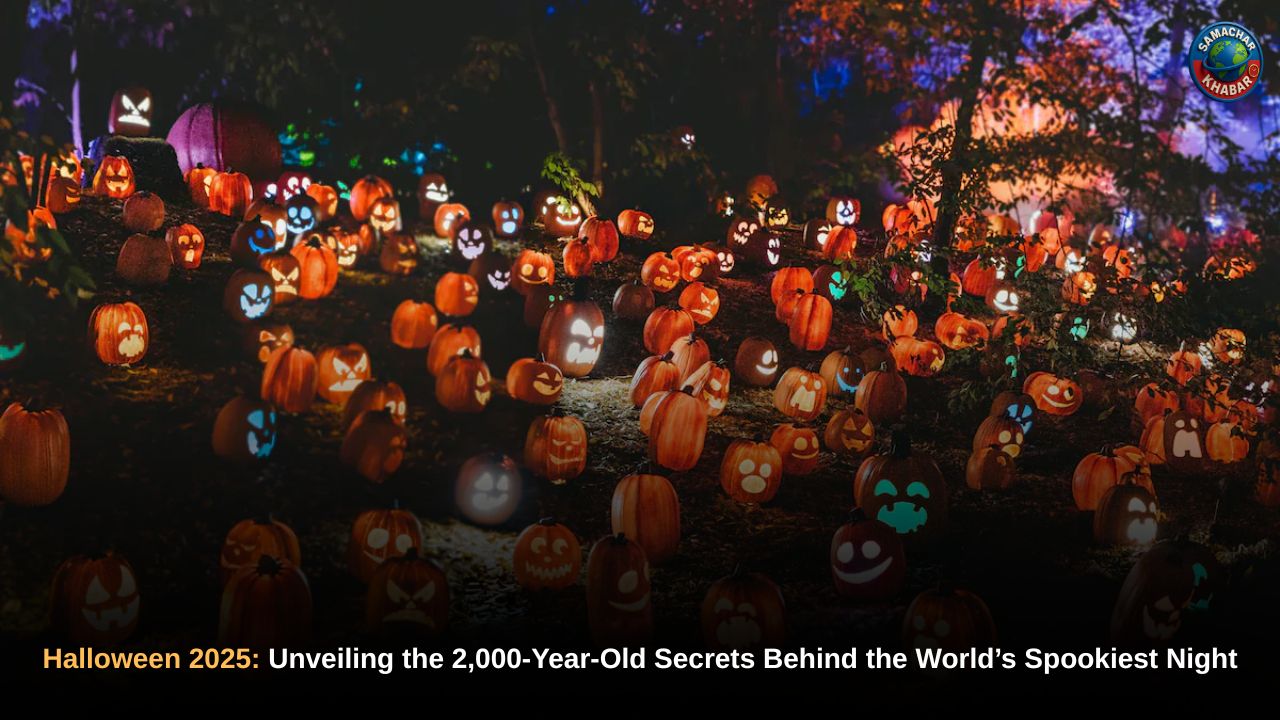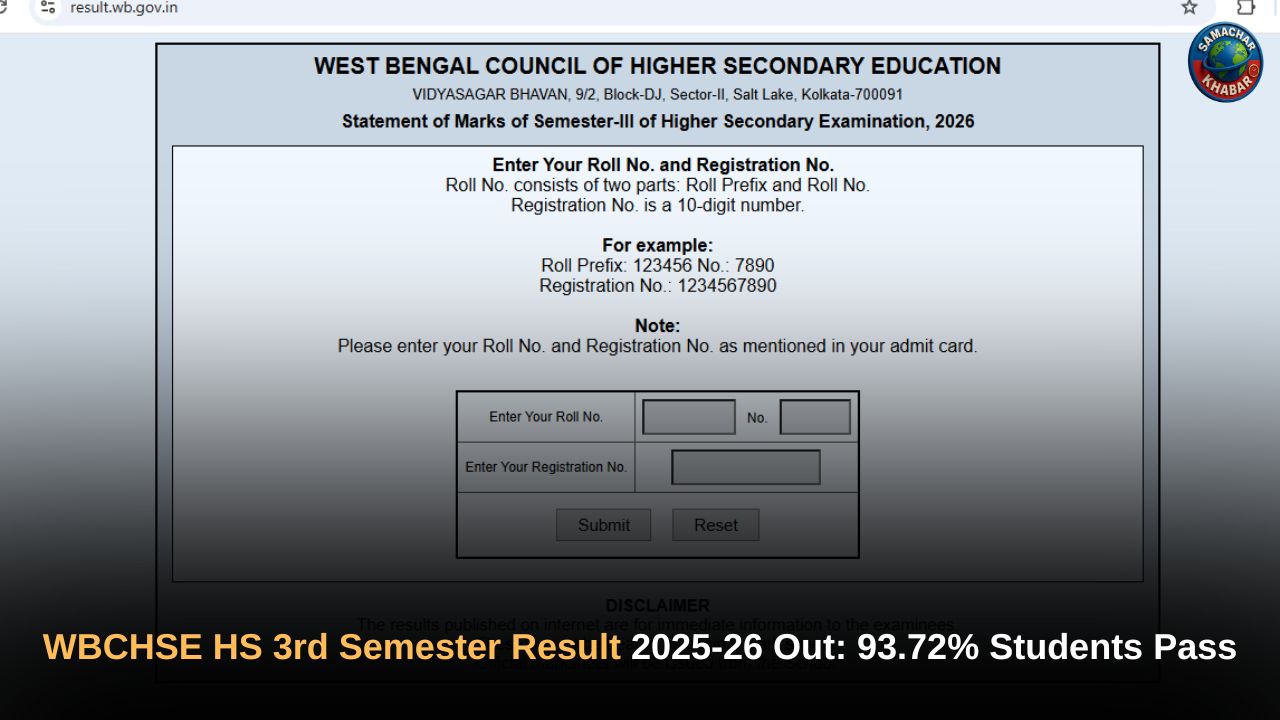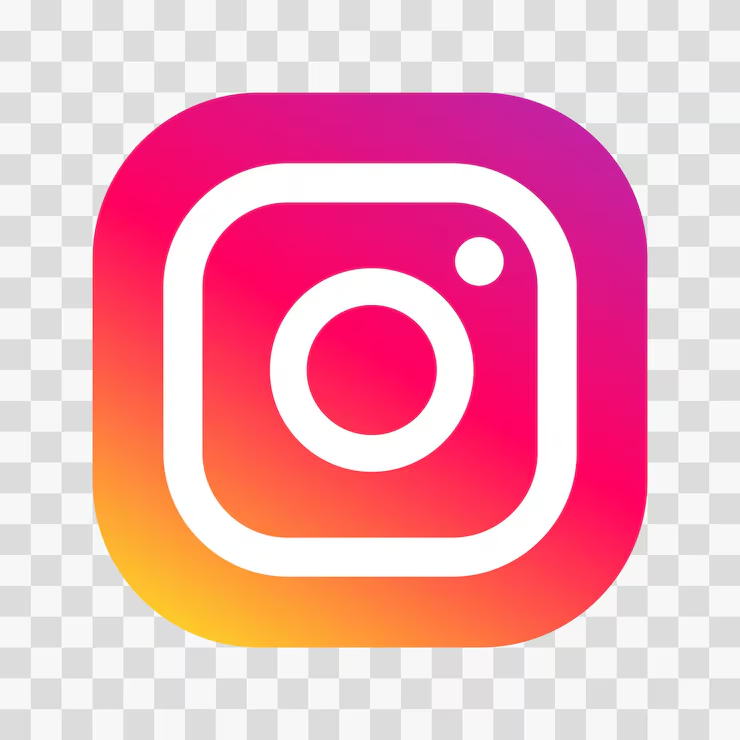Every year on September 14th, a wave of pride and cultural celebration sweeps across India. This day is marked as Hindi Diwas, a tribute to one of the world’s most spoken languages and the official language of the Union of India.
As we look forward to Hindi Diwas 2025, it’s a perfect opportunity to delve into the fascinating story behind this day, understand its profound significance, and explore why it remains so vital in our modern, interconnected world. Whether you’re a native speaker or a curious learner, this guide will provide you with all the insights you need to truly appreciate the essence of Hindi Diwas.
The Historic Roots of Hindi Diwas
The story of Hindi Diwas is deeply intertwined with India’s journey as an independent nation. After achieving freedom in 1947, a major challenge for the newly formed Constituent Assembly was to select an official language for the country.
There were extensive debates, with various languages vying for the position. The consensus was finally reached on September 14, 1949, when the Constituent Assembly, after much deliberation, adopted Hindi written in the Devanagari script as the official language of the Republic of India.
This historic decision was a significant step towards national unity, as Hindi was spoken by a majority of the population. To commemorate this pivotal moment, the first Hindi Diwas was celebrated on September 14, 1953. The date also holds special significance as it marks the 50th birthday of Beohar Rajendra Simha, a renowned Hindi scholar and a strong advocate for the language’s official status.
The Importance and Significance of Hindi Diwas Today
Hindi Diwas is much more than a historical commemoration; it is a powerful reminder of the language’s role in our national identity. Here’s why it continues to be so important:
- Promoting National Unity: In a country as diverse as India, with over 22 scheduled languages, Hindi serves as a crucial link, fostering communication and a sense of shared heritage across different regions. It acts as a linguistic bridge, connecting people from Kashmir to Kanyakumari.
- Cultural Preservation: The Hindi language is a treasure trove of India’s cultural and literary heritage. It has been the medium for works by legendary poets and writers like Tulsidas, Kabir, and Munshi Premchand. Celebrating Hindi Diwas encourages the younger generation to connect with this rich legacy.
- Empowering the Language: The day serves as an annual impetus to encourage the use of Hindi in government offices, educational institutions, and daily life. It’s a reminder to continue working towards making Hindi more accessible and functional in all spheres of life, including the digital realm.
Unpacking the Hindi Diwas 2025 Theme
While the specific theme for Hindi Diwas 2025 is officially announced closer to the date by the Department of Official Language, Ministry of Home Affairs, past themes have focused on a forward-looking approach. For example, a previous theme for World Hindi Day emphasized “A Global Voice of Unity and Cultural Pride,” highlighting the language’s growing international presence. It is highly likely that the Hindi Diwas 2025 theme will continue this trend, focusing on topics such as:
- Hindi in the Digital Age: Promoting the use of Hindi in technology, social media, and online platforms.
- Linguistic Exchange and Unity: Encouraging the learning and use of Hindi beyond the “Hindi-belt” states.
- The Role of Hindi in a New India: Discussing how the language can contribute to national progress and innovation.
Keeping an eye on official government announcements from the Ministry of Home Affairs will provide the precise theme as September approaches.
Statistics and Key Facts about the Hindi Language
Did you know that Hindi is one of the most widely spoken languages in the world? According to Ethnologue, a prominent authority on global languages, Hindi is the third most spoken language globally, with over 610 million speakers, including both native and non-native speakers.
Also Read: International Literacy Day: Why Is It Essential for Everyone to Be Literate?
This staggering number places it right after English and Mandarin Chinese, showcasing its immense global footprint. Within India, the 2011 Census reported that approximately 43.6% of the population identifies Hindi as their first language, a number that has likely grown since then.
Inspiring Quotes on the Power of Language
To truly grasp the essence of Hindi Diwas, it’s worth reflecting on what some of India’s most influential personalities had to say about the language. These quotes underscore its significance not just as a means of communication, but as a reflection of our national soul.
- “A nation is dumb without a national language.” – Mahatma Gandhi. This powerful statement by the Father of the Nation highlights the crucial link between language and national identity.
- “Hindi is the simplest source of expression of our nation.” – Sumitranandan Pant. This quote beautifully captures how Hindi serves as a natural and effortless medium for Indian thought and emotion.
- “I respect all languages of the world, but I cannot bear the disrespect of Hindi in my own country.” – Acharya Vinoba Bhave. A passionate call to action for respecting and promoting our own language.
A Strong Conclusion and Call to Action
Hindi Diwas 2025 is more than just a date on the calendar. It is a moment of collective reflection and a renewed pledge to our linguistic heritage. It’s an opportunity for each one of us to celebrate the beauty, richness, and unifying power of the Hindi language.
From participating in school events to simply making a conscious effort to use Hindi in our daily conversations, there are countless ways to contribute.
So, this September 14th, let’s not just observe Hindi Diwas, but actively participate in it. Share a quote, read a poem by a Hindi literary legend, or simply send a message in Hindi to a friend. Let’s work together to ensure that our language continues to thrive and connect generations.

